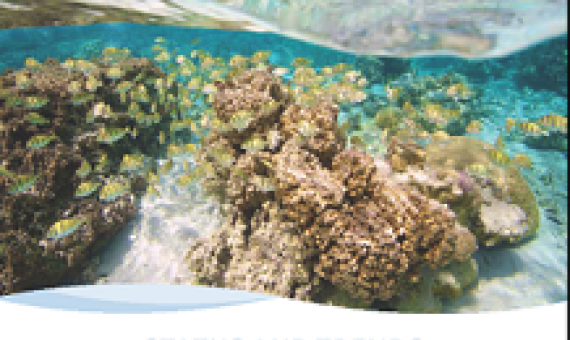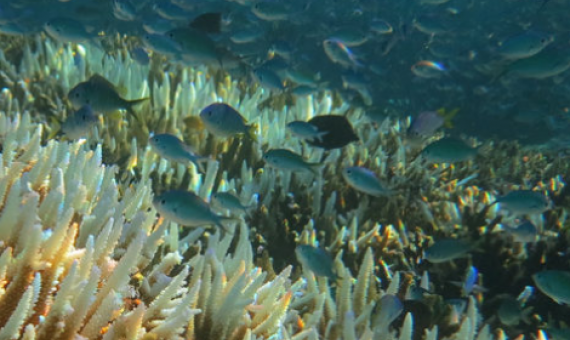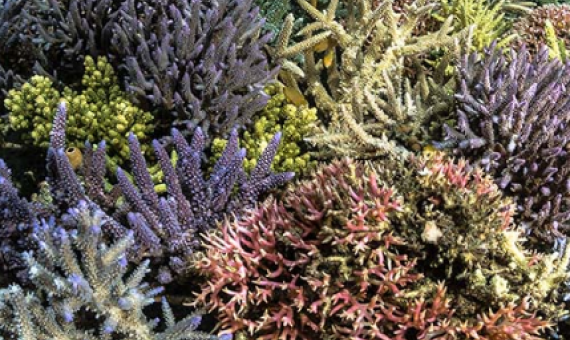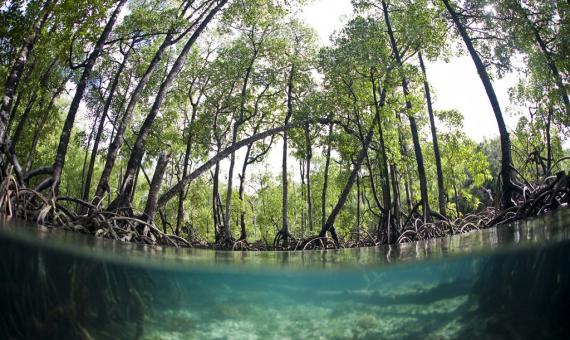Existing MPAs in the equatorial eastern Pacific region form a relatively well-connected network for corals: at least 40% of coral larvae released per year from these MPAs should stay within the network. But more coastal MPAs are needed to improve the connectivity.
...this report clearly demonstrates that Pacific reefs without much doubt contain the best coral reefs systems in the world and should remain in that position for the immediate decades to come
Deep reefs of the Great Barrier Reef offer limited thermal refuge during mass coral bleaching
Our rapidly warming climate is threatening coral reefs as thermal anomalies trigger mass coral bleaching events. Deep (or “mesophotic”) coral reefs are hypothesised to act as major ecological refuges from mass bleaching, but empirical assessments are limited. We evaluated the potential of mesophotic reefs within the Great Barrier Reef (GBR) and adjacent Coral Sea to act as thermal refuges by characterising long-term temperature conditions and assessing impacts during the 2016 mass bleaching event.
Status and Trends of Coral Reefs of the Pacific
This report of 220 pages written by nearly 90 authors clearly presents the summation of an enormous amount of data and information on 19 of the 23 nations and states of the Pacific and outlines both the problems and stresses on these thousands of reefs, and the potential that these reefs will prove to be the reservoir of coral reefs for the world in the immediate future with the largest threat being global climate change.
Our rapidly warming climate is threatening coral reefs as thermal anomalies trigger mass coral bleaching events. Click on the link below to access the full paper.
New research finds that the mass bleaching event that led to the death of 30 percent of shallow-water corals on the Great Barrier Reef in 2016 also had a substantial impact on deep reefs. Click on the link below to read the full article.
A project using former dynamite fishermen to restore and protect coral reefs has had a dramatic impact on an island in Indonesia...Click on the link to read the full article.
This Blue Carbon Module compiles the latest scientific guidance and tools to help managers, researchers, practitioners, and governments understand how blue carbon can be measured and utilized to promote conservation and restoration of coastal ecosystems.
As climate change continues its assault on Australia’s Great Barrier Reef, Queensland Minister for the Great Barrier Reef Leeanne Enoch has called for global action to tackle the issue head-on. Click on the link below to read the full article.
As human activities increasingly threaten biodiversity, areas devoid of intense human impacts are vital refugia. Click on the link below to access the full article.







